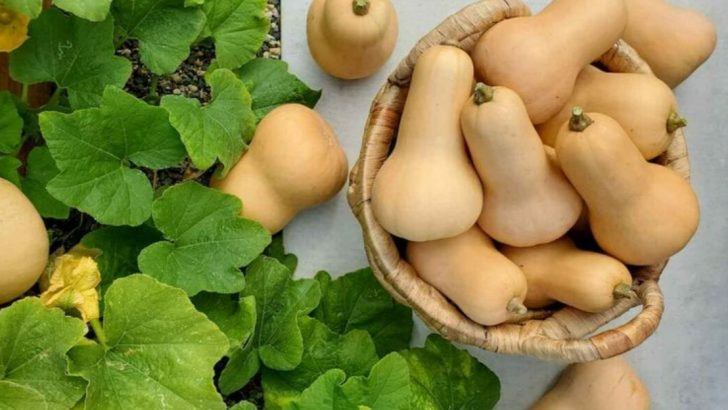Back when times were tough, vegetables weren’t just sides—they were survival. From backyard plots to small family farms, these crops fed entire generations.
Our grandparents leaned on veggies that were easy to grow, stored well, and kept the body going strong. This list highlights the hardy heroes that stood the test of time.
1. Turnips
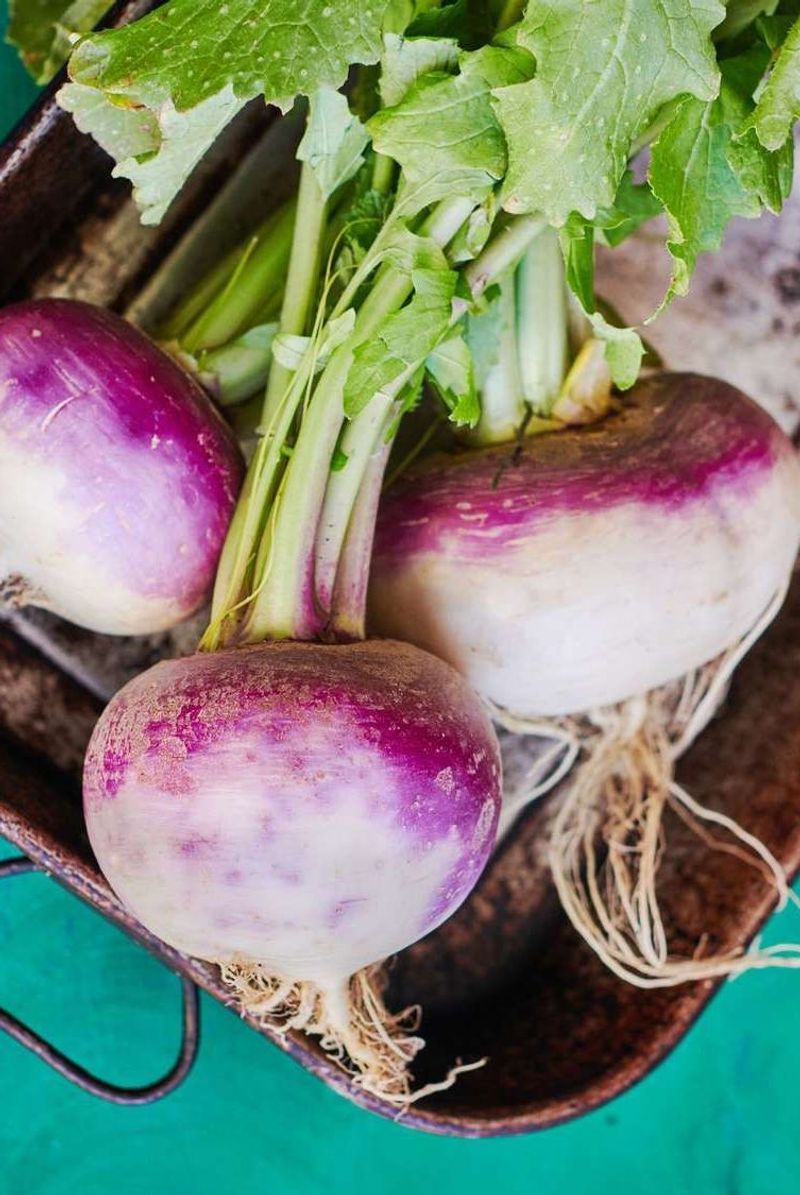
Turnips grew fast, even in poor soil, making them a go-to during food shortages. Both the root and the greens were used.
They offered a peppery snap when raw or turned sweet and soft in stews. Nothing went to waste from this humble bulb.
2. Cabbage
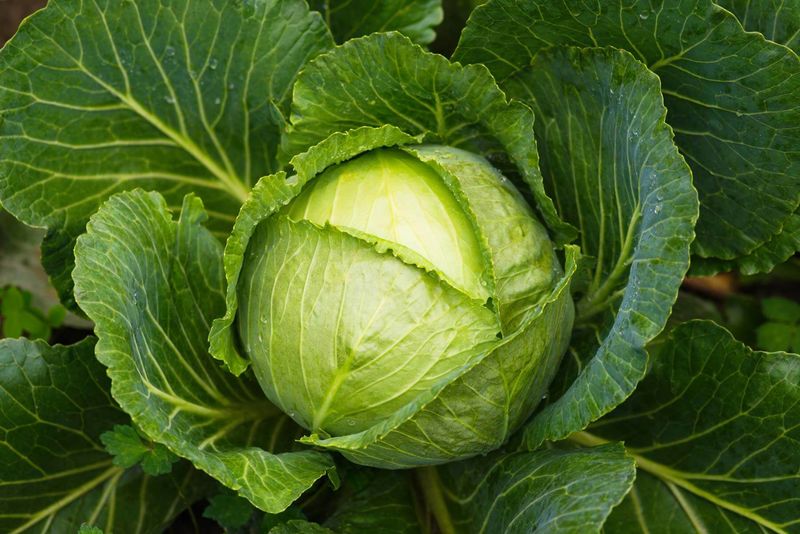
Cabbage could feed a family for weeks and kept well without refrigeration. Its dense leaves stayed crisp long after picking.
Fermented or boiled, it gave meals substance and stretch. Slaw, soups, and sauerkraut all started with this leafy workhorse.
3. Potatoes
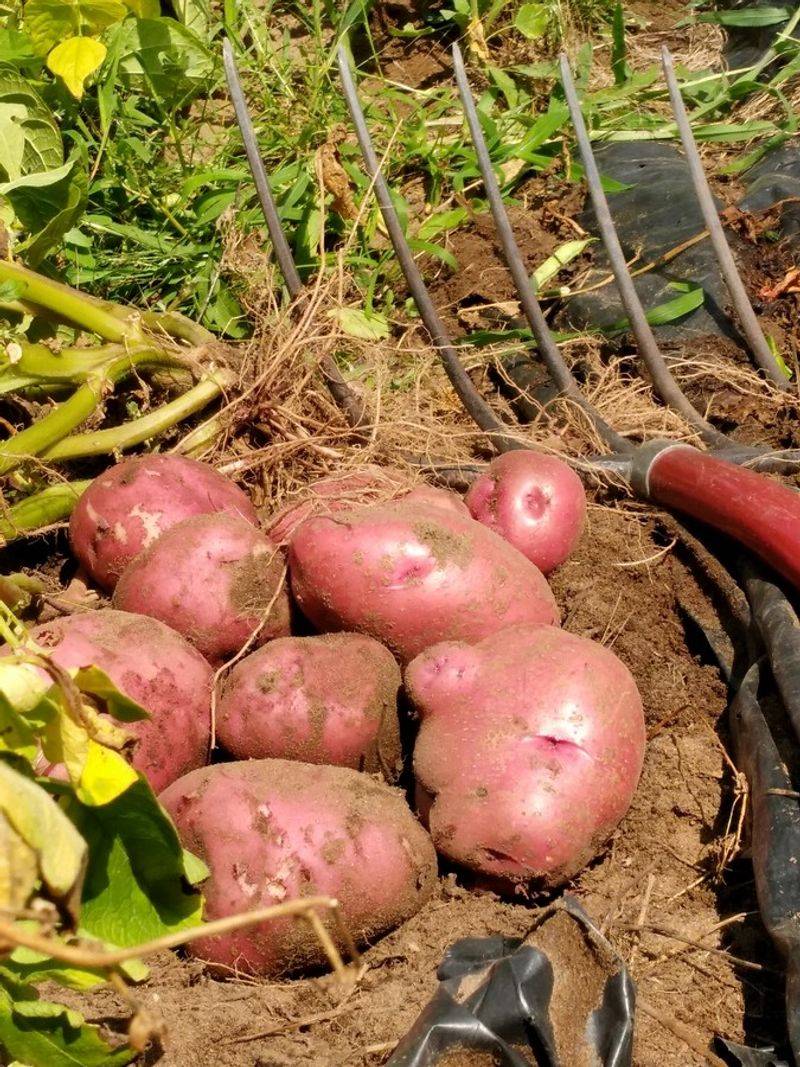
Few vegetables are more filling than potatoes, and they thrived in cool, rough conditions. Their versatility made them a daily staple.
Mashed, fried, or baked, they soaked up sauces and turned scraps into meals. A true backbone of survival kitchens.
4. Carrots
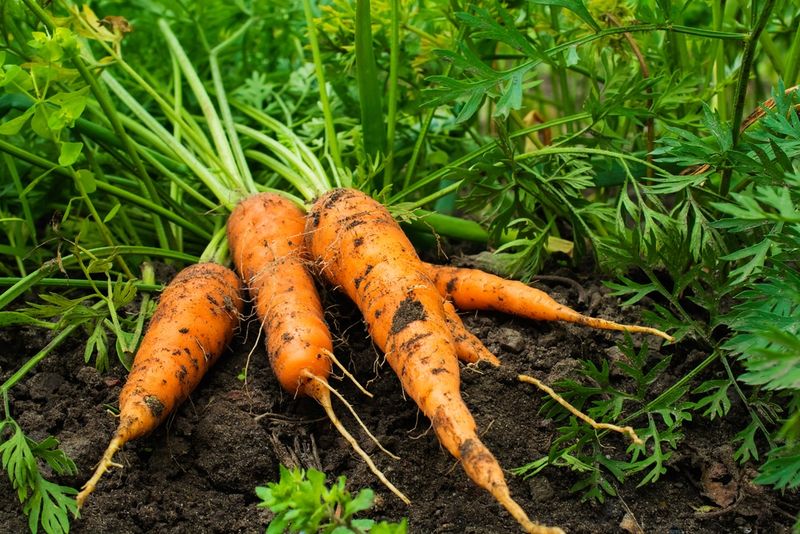
Carrots offered crunch, color, and long-lasting nutrition. Stored in cellars or sand, they stayed fresh through the winter.
Sweet or savory, they made everything better—from broths to cakes. Even the tops went into broths and stocks.
5. Beets
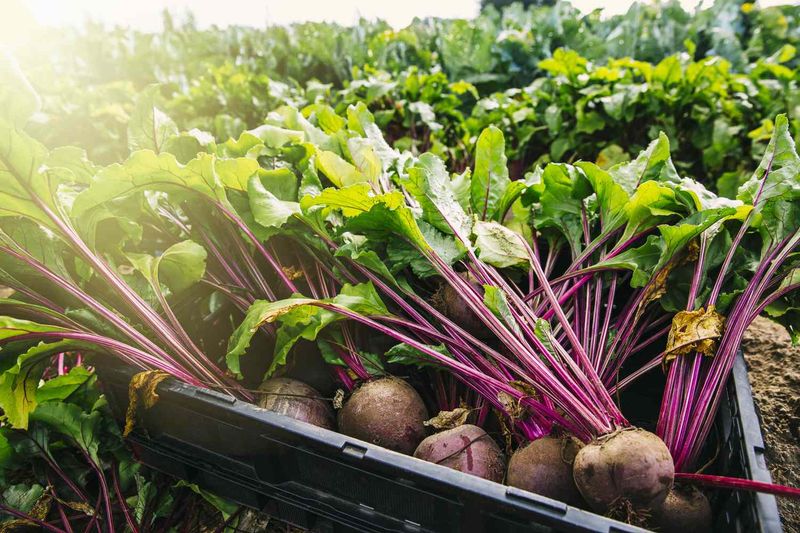
With edible roots and leaves, beets were double-duty heroes. Their deep red hue brought life to bare plates.
They were boiled, pickled, and baked into casseroles. Their greens were tossed with vinegar or cooked alongside grains.
6. Onions
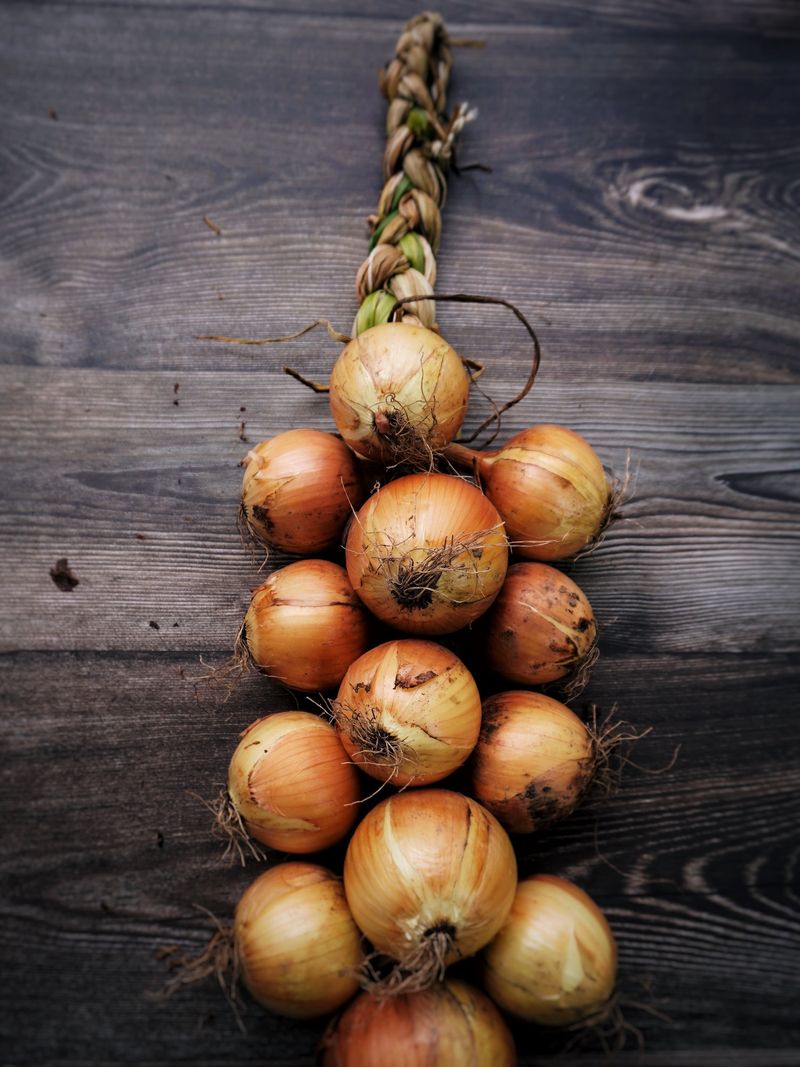
Onions added flavor to even the plainest fare. Once harvested and dried, they lasted for months on shelves.
They thickened stews, brightened beans, and built the base of countless Depression-era meals. Cheap, strong, and indispensable.
7. Rutabagas

A cross between turnip and cabbage, rutabagas were earthy, dense, and cold-resistant. They flourished when other crops failed.
Mashed or roasted, they filled bellies with sweetness and heft. Their thick skins made them cellar champs.
8. Kale
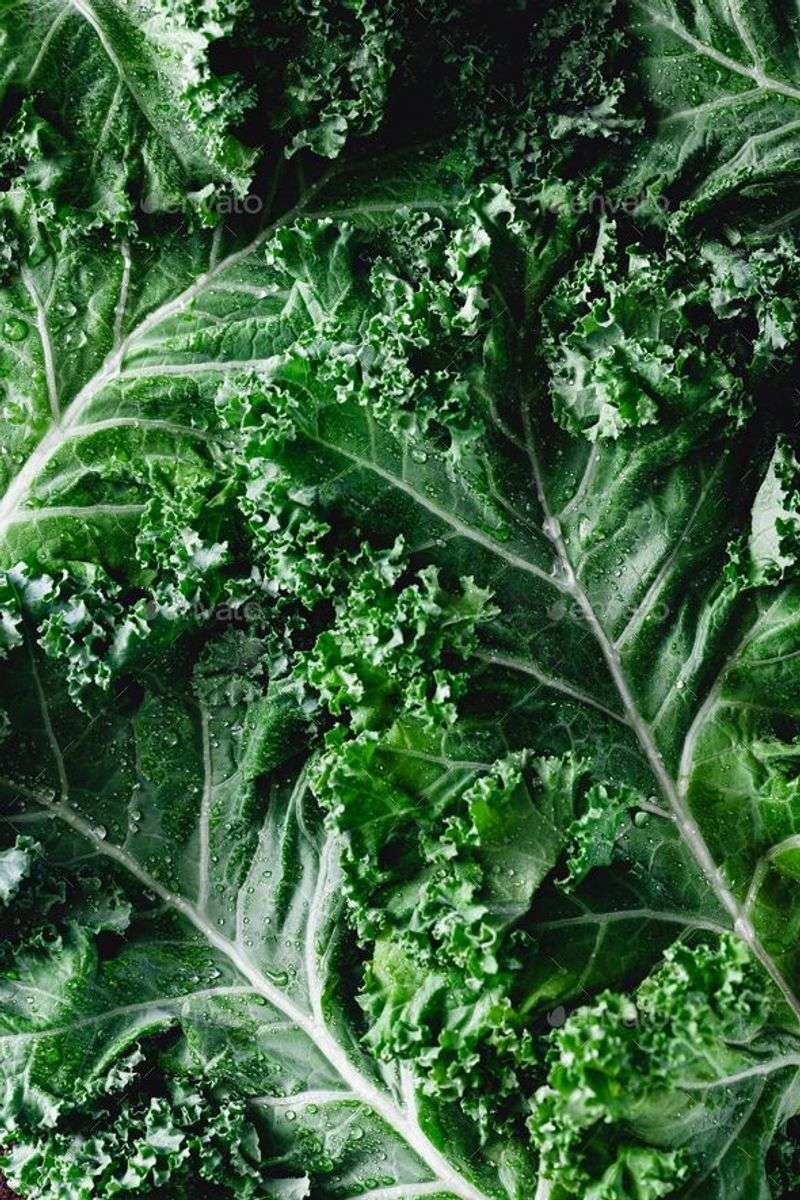
Kale didn’t mind frost, and its leaves stayed edible well into winter. Packed with nutrients, it was a green lifeline.
Boiled, sautéed, or mixed into mash, kale turned scarcity into sustenance. Its resilience mirrored the people who grew it.
9. Winter Squash

Thick-skinned squash like acorn and Hubbard stored well for months. Sweet and starchy, they became pie fillings and soup bases.
Roasted chunks could stretch a meal, while seeds were toasted for snacks. These gourds were golden in lean times.
10. Parsnips

Parsnips got sweeter after frost and handled rough growing conditions. Their nutty flavor made them a favorite roasting veggie.
Mashed like potatoes or sliced into stews, they added warmth and depth to winter meals. Quiet but essential.
11. Garlic

Tiny but mighty, garlic brought bold flavor to plain ingredients. Braided and dried, it hung in pantries year-round.
It made soups livelier and meatless dishes feel rich. A little went a long way in making food feel full.
12. Collard Greens
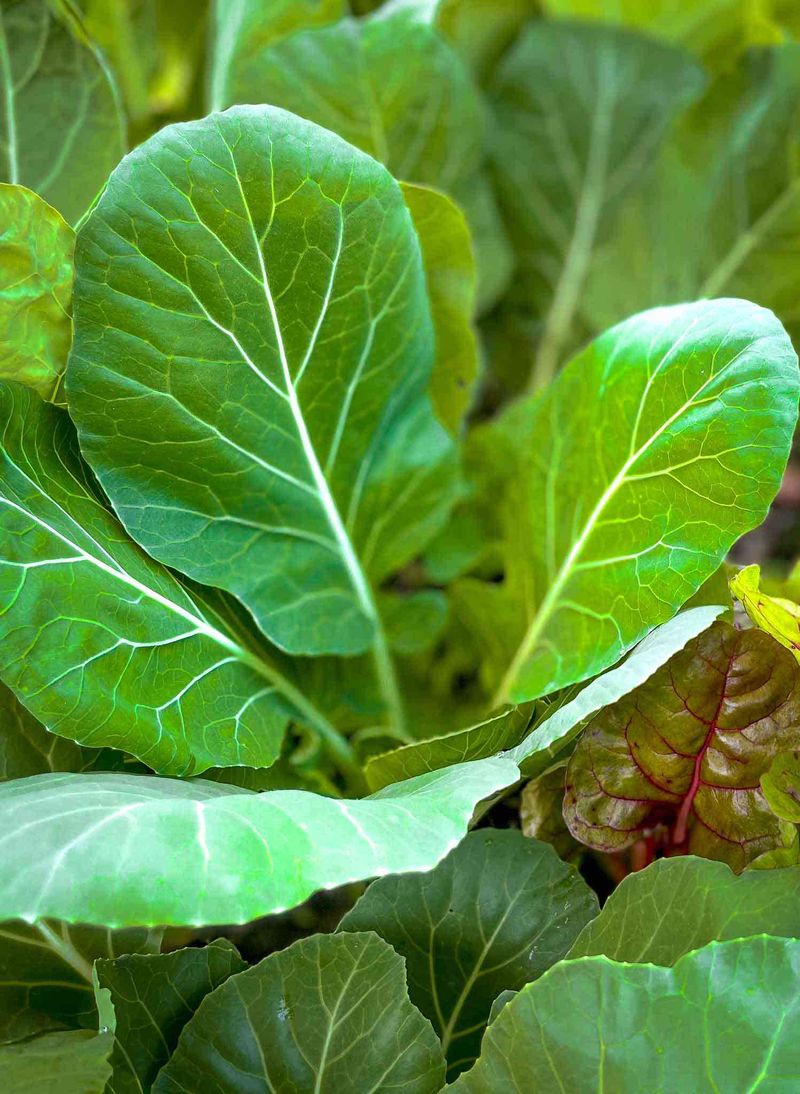
These tough greens loved the heat and held up well in pots. Long-simmered with fat, they softened into something soulful.
They brought vitamins and volume to simple dishes. A Southern favorite that fed bodies and lifted spirits.
13. Jerusalem Artichokes

Also called sunchokes, these knobby roots hid underground until needed. Their mild, nutty flavor worked well roasted or raw.
They were especially useful when other crops were scarce. Hardy and unassuming, they waited patiently to be pulled.
14. Dry Beans
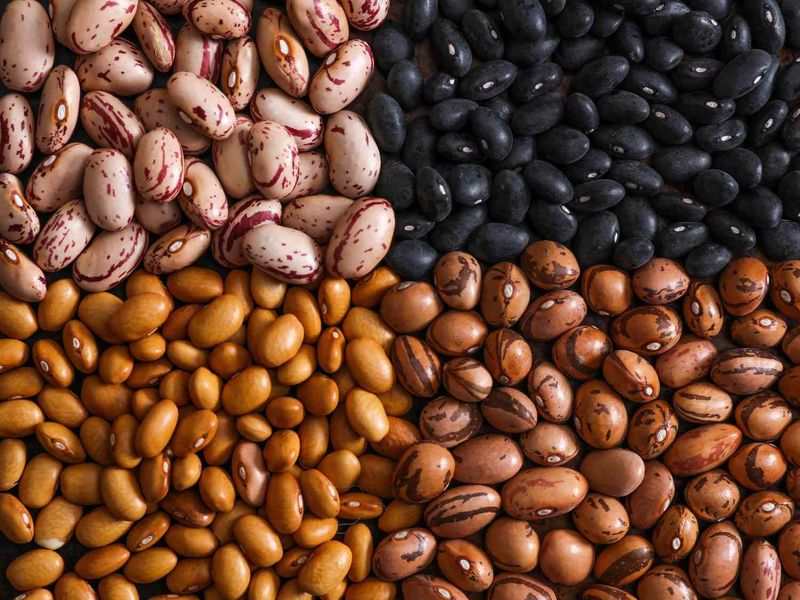
Beans grew in abundance, dried easily, and kept for years. With protein and fiber, they were a complete meal in waiting.
Cooked low and slow, they fed crowds for pennies. From baked beans to bean loaves, they nourished many.
15. Swiss Chard
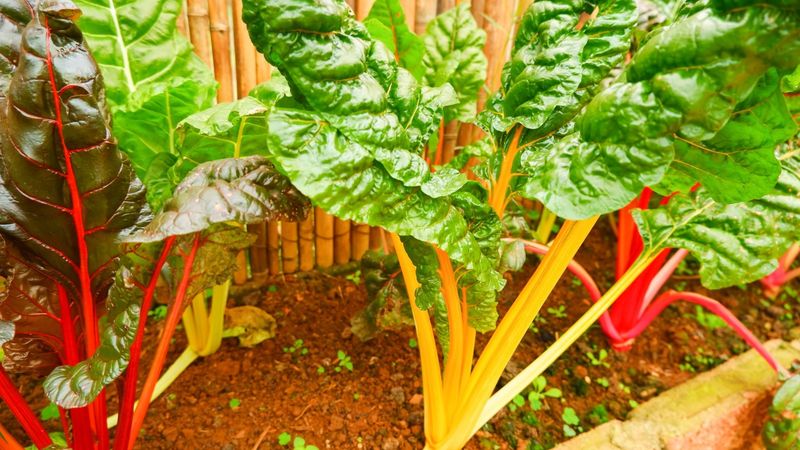
Bright-stemmed and fast-growing, chard thrived in small plots. The leaves were tender, the stems cooked like celery.
It added nutrition and color to wartime tables. Even in poor soil, chard offered steady harvests through hardship.

